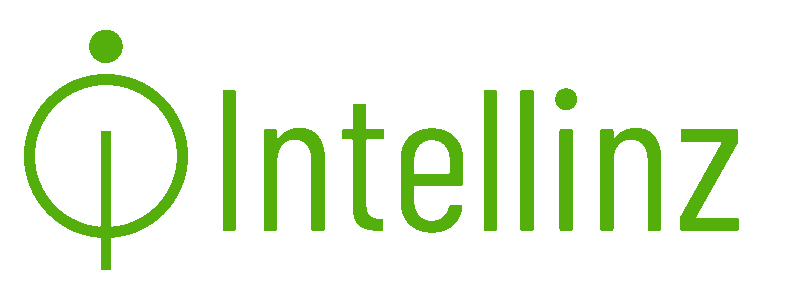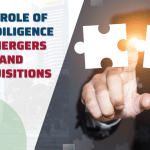Singapore is a business hub for mergers and acquisitions activity in Southeast Asia because of its strategic position, well-developed infrastructure, stable political environment, and business-friendly laws. It serves as a conduit for foreign investors seeking to enter regional markets.
Furthermore, mergers and acquisitions (M&A) are useful tools for boosting progress in Singapore’s dynamic economic sector. As the global economy recovers, M&A activity is increasing, giving companies the opportunity to increase their value.
This article discusses best practices for a smooth mergers and acquisitions transition in Singapore, focusing on reducing complex techniques to maximize impact.
Develop a Comprehensive Integration Plan
A complete integration strategy provides a road map for the whole integration process. It includes specific actions, timelines, and responsibilities to ensure that the acquiring and target organizations are on the same page.
The plan should address a variety of issues, including operational integration, cultural alignment, system integration, and people management. Organizations can avoid disruptions, manage expectations, and assist in a smooth transition by developing a clear integration plan from the start.
Consider Cultural Integration
Cultural integration is an important part of successful mergers and acquisitions. Combining two firms with different cultures might result in conflict and employee resistance.
It is critical to proactively address cultural differences, communicate the newly created entity’s purpose and values, and provide opportunity for employees to engage and build connections.
Prioritizing cultural integration allows businesses to develop cooperation, employee engagement, and a shared sense of purpose, resulting in a peaceful and productive workplace.
Focus on Communication and Employee Engagement
Open and effective communication is required throughout the integration process. Communicate openly with staff, stakeholders, and customers, offering regular updates on integration progress and milestones.
Clear communication helps to reduce uncertainty, manage change, and develop trust. Prioritize employee involvement by including employees in the integration process and soliciting their thoughts and feedback.
Engaged employees are more inclined to embrace change, participate productively, and support the organization’s goals during the shift.
Maintain Key Talent
Employees often experience anxiety during post-acquisition transitions, which can lead to the loss of vital talent. Ensure that you discover crucial players early on and take action to keep them. This could include cash incentives, professional progression chances, or just clarification and comfort regarding their position upon acquisition.
Evaluate and Optimize
Once the initial integration is complete, it’s critical to assess the outcomes and optimize as needed. This includes reviewing the integration strategy, determining what succeeded and what didn’t, and making changes as appropriate. Regular feedback from employees and other stakeholders might help with this process.
Streamlining processes not only increases efficiency, but it also results in a more united and flexible organization that is better positioned for growth and profitability.
In Summary
Effective integration techniques are critical for guaranteeing seamless mergers and acquisitions. Organizations may optimize the value creation potential of M&A transactions by designing a thorough integration plan that prioritizes cultural integration, emphasizes communication and employee engagement, streamlines operations and processes, and retains critical personnel.
Contact Intellinz to assess your company’s strategic objectives and growth targets. Determine how M&A fits into your expansion strategy and what goals you hope to achieve through prospective transactions.






